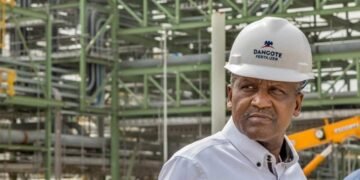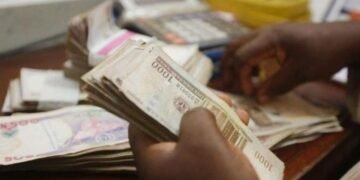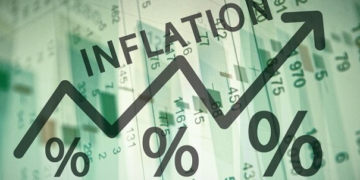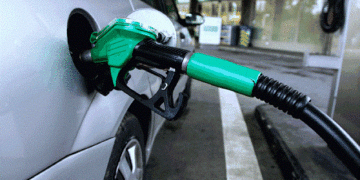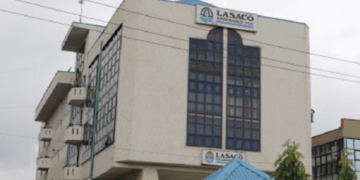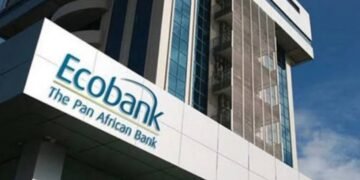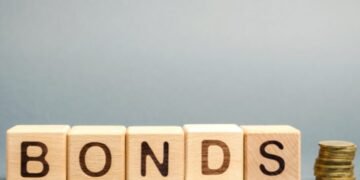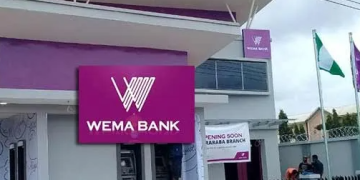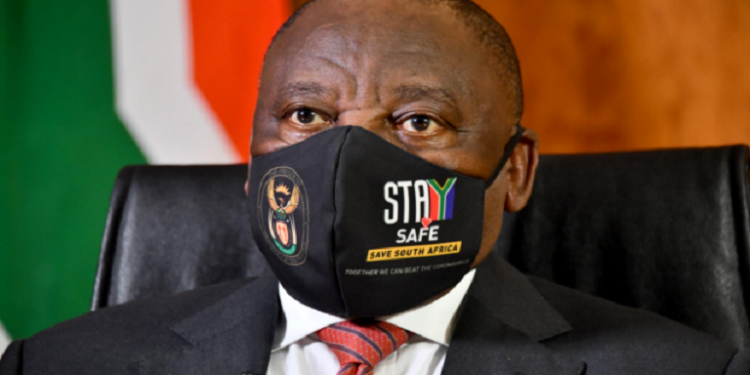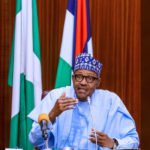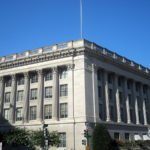South Africa’s economy shrank by an annualized 51% in the second quarter (April to June 2020), its worst quarterly decline in at least a century and one of the steepest contractions recorded by any major economy during the coronavirus pandemic.
South Africa’s restrictions to curb the spread of the coronavirus put the economy into its longest recession in 28 years, with gross domestic product contracting more than expected in the second quarter.
Africa’s most developed economy imposed a strict lockdown in late March, closing most businesses and banning the sale of alcohol and cigarettes along with other items not considered essential.
The 51% contraction in in Q2, compares with a revised 1.8 per cent contraction in the first three months, Statistics South Africa said on Tuesday in the capital, Pretoria.
This is the steepest decline since at least 1990 and extended the recession into a fourth quarter, the longest period of consecutive quarterly contractions since 1992.
While a gradual reopening of the economy started on May 1, many companies closed down permanently or fired workers during the shutdown.
Output shrank more than the central bank’s estimate of a 40.1 per cent annualised contraction, increasing the chances of a sixth interest-rate cut this year.
In the same period, U.S. and German output declined by around 10%, while Italy lost 12%, and Spain 19%.
Tuesday’s release by Statistics South Africa illustrated the devastating effect of lockdown on different sectors of the economy: The manufacturing industry contracted by an annualized 74.9%; output from the important mining sector plummeted by 73.1%; transport, storage and communications decreased by 67.9% and the trade, catering and accommodation industry shrank by 67.6%.
The agriculture, forestry and fishing sector was the only positive contributor, increasing by 15.1% between April and June
While the Reserve Bank forecasts a rebound with annualised growth of 17.5 per cent in the third quarter, continued power cuts in what’s already a record year of outages and slow reforms could threaten the recovery.
“The level of economic activity is only likely to return to pre-Covid-19 levels by 2023-24,” said Sanisha Packirisamy, an economist at Momentum Investments. The difference between actual and potential growth “will likely keep a lid on inflation in the near term”.
The government of President Cyril Ramaphosa in April announced a 500 billion rand ($29.84 billion) stimulus package—including a paycheck protection program and a special social grant for the neediest South Africans—to help cushion the blow of the lockdown. In July, the country received a $4.3 billion emergency loan from the International Monetary Fund.
South Africa gets $288 million loan from African Development Bank
South Africa gets $1 billion Loan Approval from New Development Bank (NDB)
Written by:
Ifunanya Ikueze











